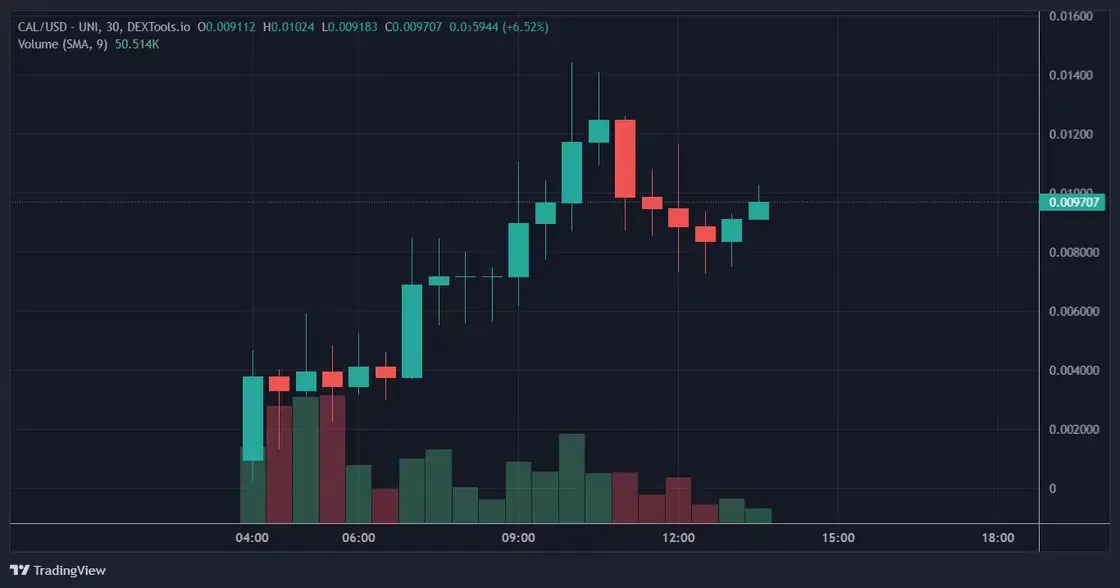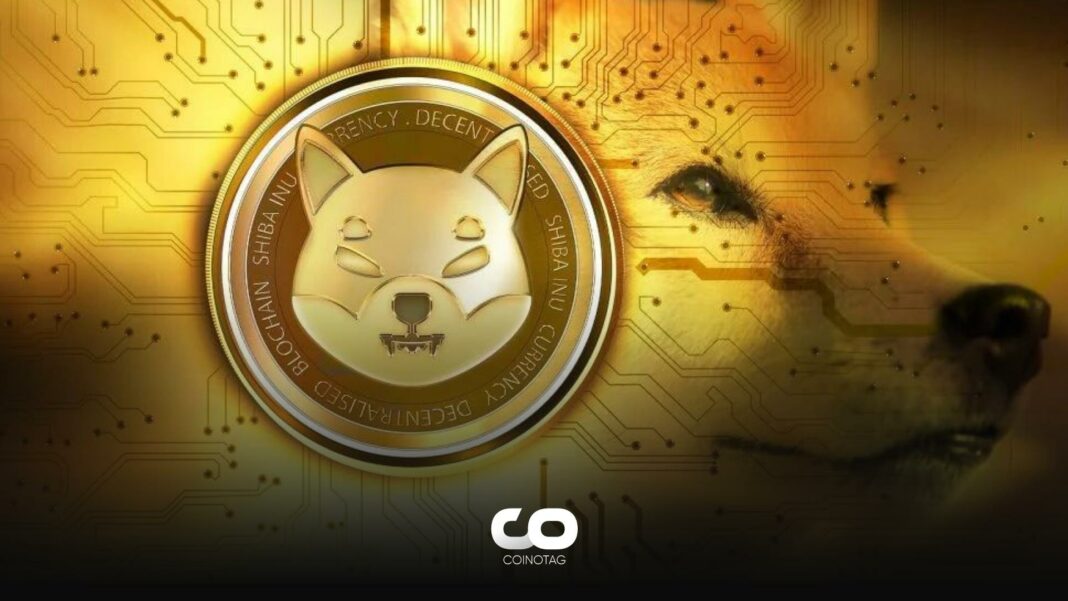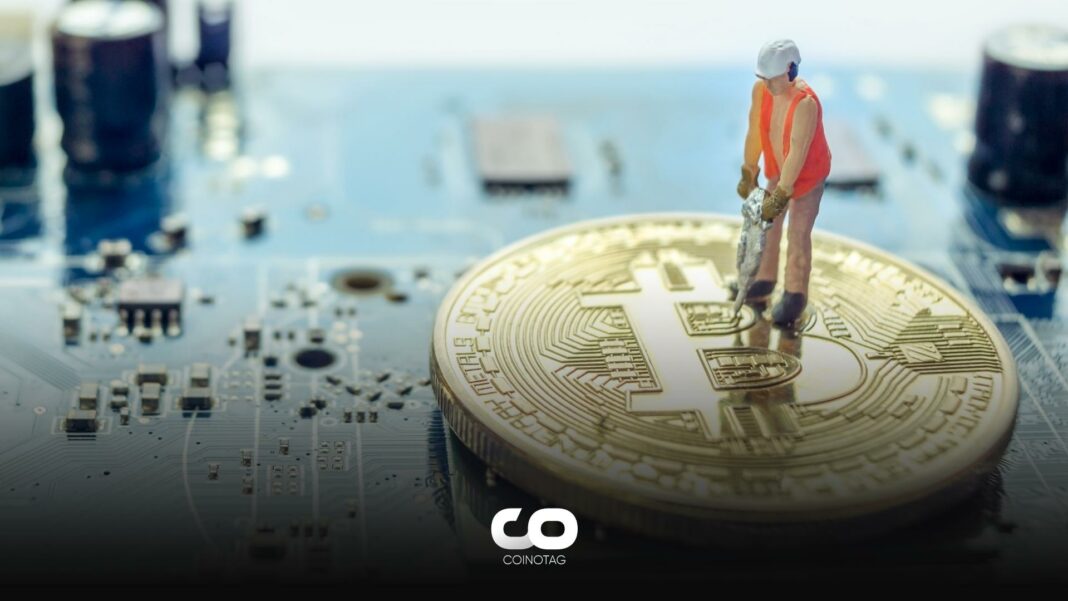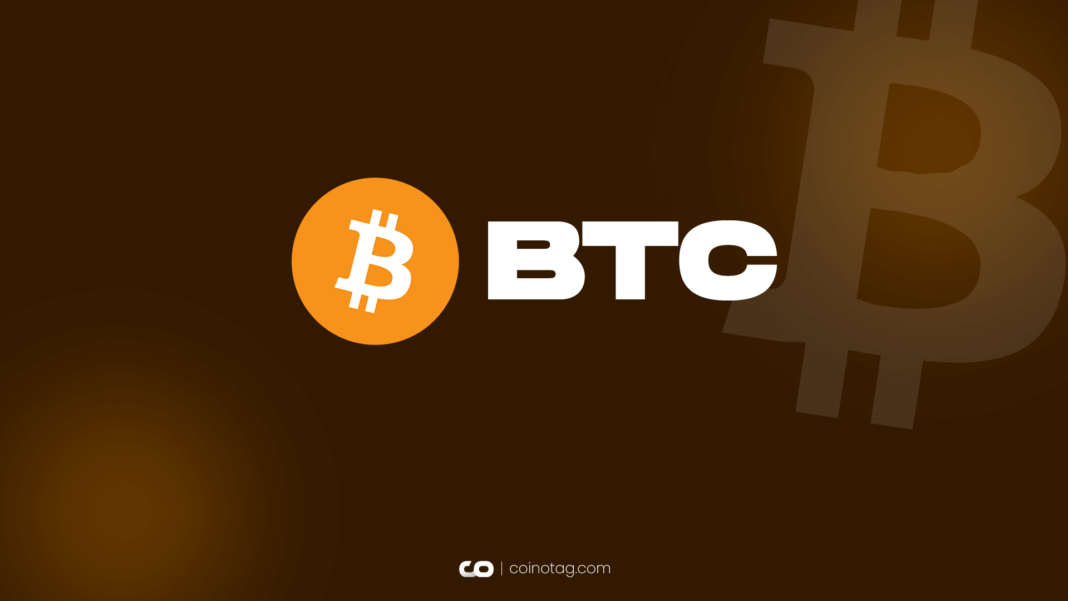- Shiba Inu’s testing token, Calcium, witnesses unexpected trading volumes.
- Developers warn traders about the token’s lack of real value.
- Community members rally to give Calcium a new purpose against Shiba Inu’s moves.
Shiba Inu developers’ intent for Calcium as a dummy token is countered by its unexpected trading surge, reflecting crypto’s unpredictable nature and the influence of decentralized community actions.
The Unplanned Resurrection of Calcium
A surprise awaited the crypto world when a mere testing token, Calcium (CAL), introduced by the Shiba Inu team was suddenly embraced by a chunk of traders looking to turn a profit. This move displayed the volatile nature of the crypto landscape where a token, even one dismissed as worthless by its creators, can gain traction through community-led initiatives. The token, created as part of a procedure to give up control over the BONE token contract, witnessed an unexpected rally when a bot acquired over half its supply upon launch. Not long after, it was live on the decentralized exchange, ShibaSwap.
Community Divisions and the Rise of a New Trading Pair

Despite warnings from the Shiba Inu community, some traders saw potential in the Calcium tokens and bought them in hopes of making a quick profit. This move was a gamble, and many ended up facing losses. However, a faction of the community decided to pivot, using their Calcium token holdings to form a fresh trading pair on the Uniswap platform. These participants stated their dissatisfaction with Shiba Inu’s unfulfilled promises, announcing plans to turn Calcium into a legitimate project. Consequently, the original Calcium token’s value plummeted by 99%, with a mere $4,800 in on-chain liquidity on ShibaSwap. In stark contrast, Calcium tokens on Uniswap observed $4 million in trading volumes and a staggering $164,000 in liquidity.
Understanding the Origins of Calcium
The Shiba Inu team had earlier revealed their plan to release calcium tokens to relinquish the contract ownership of BONE, which serves as the governance tokens for the recently unveiled Shibarium blockchain. Within the crypto domain, forsaking a smart contract indicates that its initiator no longer holds its reins. This can give potential investors a sense of security, knowing that the contract remains untouched, thereby preventing possible manipulations. Shiba Inu developers had clearly stated the purpose of Calcium, emphasizing its lack of future value and asking traders to refrain from trading it. One developer, Kaal Dhairya, even labeled its sale as a potential scam.
Decentralization Powers Community Actions
Despite the warnings and initial intentions, the crypto realm is a testament to the power of decentralization. Any token, regardless of its origin or the purpose set by its developers, can be revitalized if the community rallies behind it. Through decentralized exchanges, liquidity can be introduced, and external developers can be mobilized to conceptualize potential use-cases. An active member of the Calcium community, @1BlockChainKing, highlighted this sentiment by pointing out the community’s emerging movement against the Shiba Inu team.
Conclusion
The unexpected trajectory of Calcium underscores the unpredictability of the crypto space, where community actions can significantly reshape a token’s fate. As the lines between developers’ intentions and community-driven directions blur, the episode serves as a reminder of the dynamic forces at play in the decentralized financial landscape. It reiterates the power of collective action in a decentralized world, challenging the traditional norms of project endorsements.








